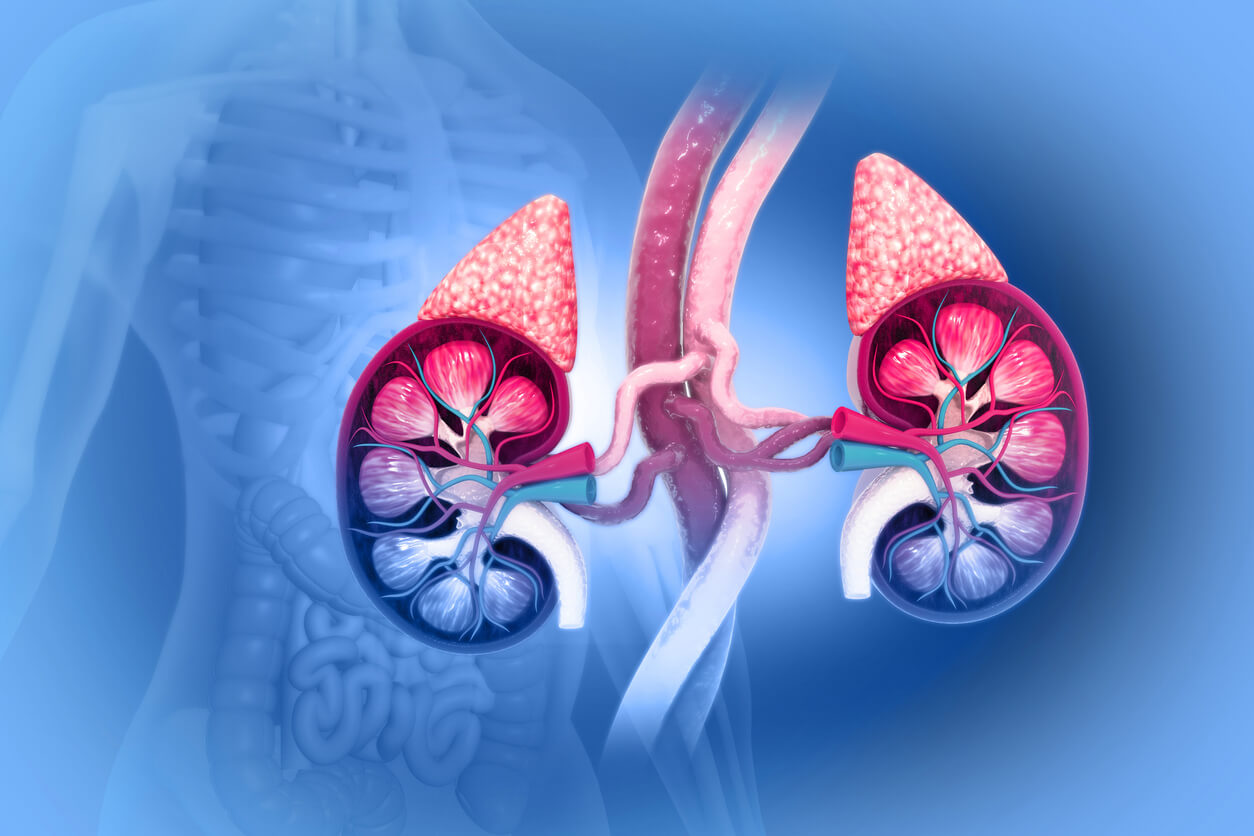About Phaeochromocytoma

Usually occurring from early to mid-adulthood, Phaeochromocytoma is a rare type of (usually non-cancerous) tumour that develops in the centre of one or both adrenal glands – specifically from the chromaffin cells.
Most people are unaware of these tumours until symptoms are triggered by the overproduction of the adrenal hormones epinephrine (adrenaline) and norepinephrine (noradrenaline) - a situation which is caused by the phaeochromocytoma .
Rarely these tumours can grow in nervous tissue outside the adrenal glands (head and neck, upper abdomen, chest and pelvis) when they are called paragangliomas.
What do epinephrine and norepinephrine do?
You probably haven’t heard of these hormones, but they play a crucial role in the efficient functioning of your body.
Acting upon alpha-1 receptors, epinephrine induces contraction in various key parts of the body including
- Your heart muscle – which then enables it to pump blood
- Your pupils
- Your sphincter
- Your blood vessels
Norepinephrine acts as a transmitter in your brain and spinal cord which affects your alertness, arousal and attention. In combination with adrenaline, it also increases blood pressure, it additionally increases your blood sugar levels to provide more energy and helps to break down fat.
The symptoms of phaeochromocytoma
Lasting from a few minutes to several hours - depending on the size of the tumour - symptoms from this type of tumour include:
- High blood pressure
- An elevated heart rate
- Headaches
- Heart palpitations
- Abdominal Pain
- Chest pain
- Sweating
- Irritability
- Anxiety
- Nausea and sickness
- Breathlessness
- Seizures
- Pallor
- Sleep problems
Diagnosis
Given the complex array of symptoms in order to make a diagnosis, the endocrine assessment will include your medical history and the medical history of your family as this can be an inherited condition.
Apart from a physical exam and discussion of your symptoms, tests may include
- Testing the catecholamines in your blood and urine
- Imaging of the adrenal glands and upper abdomen (CT/MRI/PET scan)
- An isotope scan of the adrenals
- Screening for other rare endocrine tumours (parathyroid, thyroid, pancreas and pituitary) if there is a family history
- Genetic screening
Treatment
Should a tumour be discovered, the priority will be to stabilise your blood pressure and your heart rate before removal at surgery. In most cases surgery should be possible with a laparoscopy (telescope) approach with an experienced surgeon.
The overproduced hormones levels should return to normal after this but you may still require treatment of your high blood pressure. You will continue to have regular monitoring post-surgery as this type of tumour can return.
If the tumour cannot be surgically removed, medicines will be required to control the effect of the overproduction of the epinephrine and norepinephrine hormones.
Unfortunately, neither radiation therapy nor chemotherapy have been shown to be effective in curing this tumour although in some case may induce remission in the rare cases where it has spread outside the adrenal gland.
I hope this has been helpful.
Although every effort is made to ensure that all health advice on this website is accurate and up to date it is for information purposes and should not replace a visit to your doctor or health care professional.
As the advice is general in nature rather than specific to individuals Dr Vanderpump cannot accept any liability for actions arising from its use nor can he be held responsible for the content of any pages referenced by an external link










